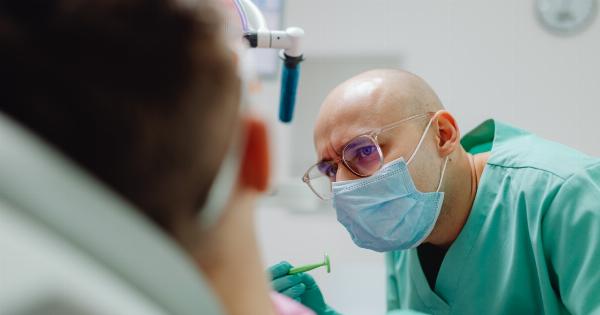Human papillomavirus (HPV) is a common sexually transmitted infection that can affect both males and females. While it is well-known for its association with cervical cancer in women, HPV can also have urological implications in men.
This article will explore the diagnosis of HPV in a urological setting, including the available tests, screening guidelines, and treatment options.
Understanding HPV
HPV is a virus that is primarily transmitted through sexual contact.
There are numerous strains of the virus, some of which can lead to the development of genital warts, while others are considered high-risk strains and may lead to the development of cancer.
Common Urological Manifestations
When HPV affects the urogenital tract in men, it can manifest in several ways. Genital warts are the most common visible symptom, appearing as small, cauliflower-like growths.
While these warts are typically painless, they can cause discomfort or itching.
Screening Guidelines for HPV in Men
Unlike women, for whom regular Pap tests are recommended to detect cervical changes related to HPV, there are no similar screening tests for men.
However, it is important for men to be aware of the potential symptoms of HPV and seek medical attention if they suspect an infection.
Diagnosis
HPV diagnosis in a urological setting often relies on a combination of visual inspection and laboratory testing. A healthcare provider will first examine the genital area for any visible signs of warts.
If warts are present, a tissue sample may be taken for further analysis.
Physical Examination
During a physical examination, a healthcare provider will inspect the entire genital area, including the penis, scrotum, and anus, for any visible signs of HPV infection. Genital warts may be diagnosed based on their characteristic appearance.
Biopsy
If genital warts are detected, a biopsy may be performed to confirm the diagnosis. During a biopsy, a small sample of tissue is taken from the wart and sent to a laboratory for analysis.
This allows for a more accurate determination of HPV presence and helps distinguish between low-risk and high-risk strains.
HPV DNA Testing
Another diagnostic tool in the urological setting is HPV DNA testing. This involves collecting a sample of cells from the genital area and testing for the presence of HPV DNA. This test can detect the presence of high-risk strains associated with cancer.
Link Between HPV and Cancer
It is important to note that while HPV infection in the urological setting may primarily present as genital warts, certain high-risk strains can lead to the development of various cancers. These include penile, anal, and oropharyngeal (throat) cancers.
Management and Treatment Options
Once an HPV diagnosis is established in a urological setting, treatment options will depend on several factors. If genital warts are present, they can be physically removed or treated with topical medications.
However, these treatments do not eliminate the underlying HPV infection.
Vaccination for HPV
Prevention is key when it comes to HPV. Vaccination is available for both males and females, and it is highly effective at preventing certain HPV strains.
The HPV vaccine is typically administered before sexual activity begins, providing the best protection against the virus.
Conclusion
While HPV is primarily known for its impact on cervical cancer in women, it can also have significant implications in a urological setting for men. Diagnosis often involves a combination of visual inspection, biopsies, and HPV DNA testing.
It is important for individuals to be aware of the potential symptoms of HPV and seek medical attention for proper diagnosis and management. Vaccination is highly recommended as a preventive measure against HPV.




























